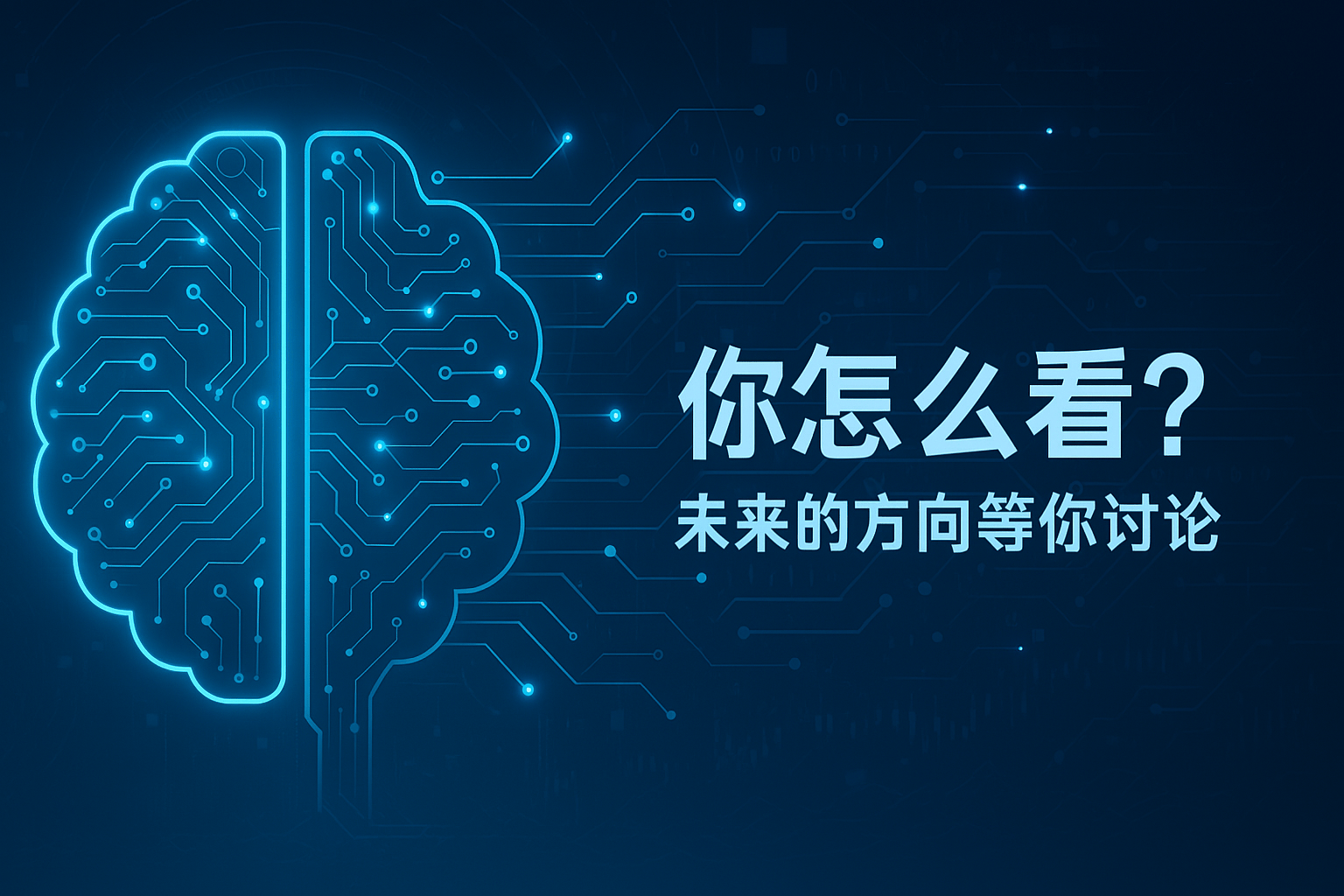Recently, ByteDance’s Volcano Engine officially launched its new general-purpose translation model — Doubao-Seed-Translation. This initiative marks another significant breakthrough in the domestic large model’s capabilities in the multi-language translation field. The model supports translation among 28 languages, covering major languages such as Chinese, English, Japanese, Korean, German, French, Spanish, and Russian, aiming to provide more efficient and accurate solutions for cross-language communication and cultural exchange.
Core Technology and Performance of the Doubao Translation Model
The core advantage of the Doubao translation model lies in its powerful translation capabilities. The official claim states that the model’s performance in Chinese-English translation is comparable to Deepseek-R1, while its general multi-language translation performance surpasses or matches that of GPT-4oand Gemini-2.5-Pro. This indicates that the Doubao translation model has reached an industry-leading level in terms of translation accuracy, fluency, and naturalness. Additionally, the model exhibits strong adaptability to various contexts, accurately handling complex scenarios such as office communication, classical poetry, internet buzzwords, and technology and medical terminology, delivering translations that are natural and free of ‘translationese’.
The support for 4K context and 3K output length, along with the feature of automatic source language identification, greatly enhances usability. Users only need to specify the target language to quickly obtain high-quality translation results, which will undoubtedly significantly improve the efficiency of cross-language collaboration and cultural understanding. In terms of technical details, the Doubao translation model has undergone deep optimization in its architecture, training data, and optimization algorithms to ensure translation quality and efficiency across different language pairs.
Impact of Model Capabilities on Developer Ecosystem and Application Scenarios
Will API standardizationreshape the model interface landscape? The release of the Doubao translation model provides developers with a more cost-effective option. Its pricing of 1.20 yuan per million characters for input and 3.60 yuan for outputpresents a significant competitive advantage compared to other similar products. This reduces the cost for enterprises and developers to utilize large models, making more application scenarios feasible. For instance, it can be integrated into internal communication and collaboration platformsof enterprises to enhance communication efficiency among multinational teams; it can also be applied in the content creation fieldto help creators quickly translate and localize content; or even utilized in the education sectorto provide students with more convenient language learning tools.
Industry Trends and Neutral Analysis
The launch of the Doubao translation model has also prompted thoughts on the future development trends of translation technology. With the continuous advancement of large modeltechnology, the accuracy and efficiency of multi-language translationwill keep improving. In the future, will the RAG architecturebecome a foundational capability for future model search architectures? Will the enhancement of model capabilitiesdrive the application of AI translationin more fields? The prosperity of the developer ecosystemwill undoubtedly accelerate the implementation of these technologies. What do you think will be the next technological breakthrough in the field of multi-language translation?
 返回搜狐,查看更多
返回搜狐,查看更多
平台声明:该文观点仅代表作者本人,搜狐号系信息发布平台,搜狐仅提供信息存储空间服务。
